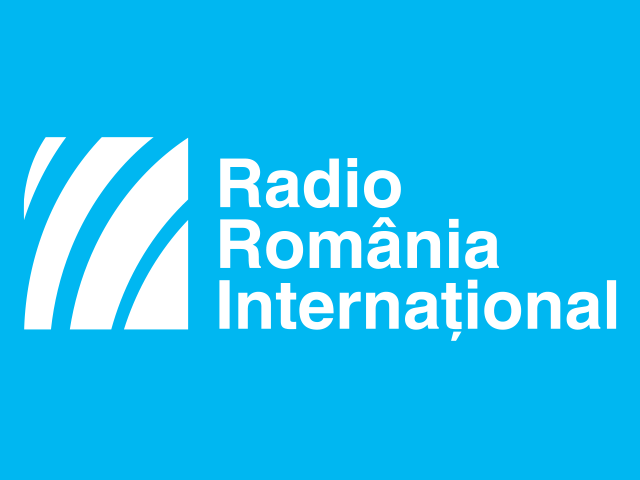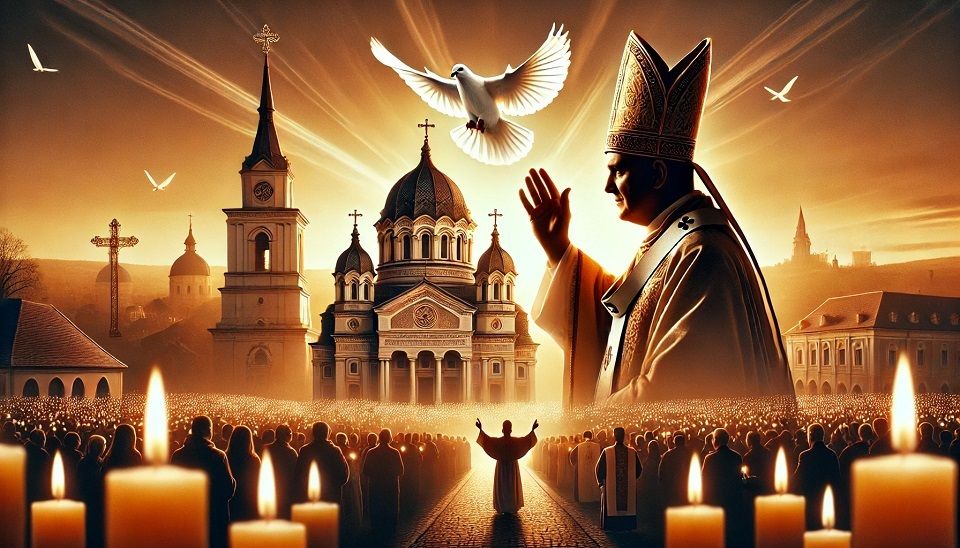Education for the grassroots in modern Romania
Rural community centers, before and after 1945

Christine Leșcu, 06.08.2022, 13:00
Romania’s rural community centers are associated with the communist propaganda according to the Romanian collective imaginary, which also associates such establishments with the village’s off-the-record disco parties, improvised occasionally and somehow going against the law. Yet the history of such cultural establishments goes back in time, before the communist regime. Initially, the rural community centers were part of a wide-scope effort which also included propaganda as well as education, in the broader sense of the word. To put it briefly, we shall soon be marking a hundred years since the rural community centers have been established in Romania in 1923, under the aegis of then the Royal Foundations, at that time a leading public cultural institution. Our guest today is historian Razvan Andrei Voinea. Here he is, speaking about the eventual aim of the community centers in the inter-war years.
It was also a propagandistic aim. We found it very interesting to analyze that nationalistic-monarchic discourse, mainly after King Carol II came to power and after the implementation of that kind of royal dictatorship after 1938. Back in the day the propaganda was made with the purpose of awakening the national consciousness. By all means, there were indeed a lot of measures implemented to increase the role of religion, to enhance the image of the monarchy in the traditional imaginary, and that was obvious especially after 1934. No more than 100-150 community centers had been set up until then, but as soon as sociologist Dimitrie Gusti became the head of the Royal Foundations, almost 2,000 community centers were established between 1934 and 1938. It’s fascinating, I mean, having so very many community centers that were operational all those years. And it was also then that Gusti came up with a great number of measures taken to improve the quality of life in the rural areas. There was a lot more to it than that: there was the economic aspect through scores of programmes implemented so that villagers could find out how they could get richer, then there was the cultural dimension, there also was a healthcare aspect, a very important one, the reformers were trying to implement.
With no dedicated buildings, the interwar years’ community centers were more like village associations. Here is historian Razvan Andrei Voinea once again, this time speaking about some of the activities carried by such centers.
The construction of premises was an attempt that was partially accomplished: cattle shelters, public monuments, fountains, lampposts for public lighting. One such example is the public bath (…) ditches were dug, sick people were taken care of, for instance. Speaking about healthcare, they made much of cleanliness and the public baths. Public paths were built, for instance (…) And, during World War Two, funds were raised, as well as stuff for the soldiers on the frontline. (…) An important role was played by the setting up of the libraries. Each community center had its own library. Again, that is important as well. We also need to say that, at that time, the community centers did not have the image they have today, which is fueled by the communist constructions. Usually, in the inter-war years their premises were the school or the town hall. That is why quite a few of them were a hundred percent linked to the village school, or were managed by the priest or the principal. They were the main animators of the cultural activity in the rural areas.
This first part in the history of the community centers lasted until the instatement of the communist regime and ended with the dismantling of the Royal Foundations, in the same period of time. And it was also back then that the cultural and education activity had seen a new stage.
Razvan Andrei Voinea:
First of all, major investments were made in the community centers.(…) A new building could be seen in each and every village across Romania: the community center built after 1948. On the spur of the moment, many of them were placed in the boyars’ residential buildings which were forcibly turned into state property, but afterwards, buildings were erected, based on a series of projects made by the design institutes in the big cities. The activities carried in the new buildings were very diverse, obviously based on the same type of propaganda. Get-togethers were organized, exhibitions were mounted, focusing on the collective farming in the USSR or in other regions across Romania. Peasants were brought to see that exhibition. Then again, a very interesting direction was that of the propaganda through film, which began in 1960. (…) Furthermore, rural theatre troupes were set up. There were hundreds of such troupes all across Romania, and they had a rather rich repertoire (…) As a rule, scripts were written in Bucharest only to be dispatched to various community centers. The troupes there practically acted following those scripts. (…) On Sundays at 11 am, those who went to the community center could see a play. It was the same all around the country, it was based on that script which had the purpose of unifying the cultural discourse.
Since 1990, community centers in the rural regions have been of no interest for the political decision-makers or the cultural managers of the public institutions, At the moment, of the existing 7,100 village community centers, a mere 125 of them stage specific activities.
(EN)





























